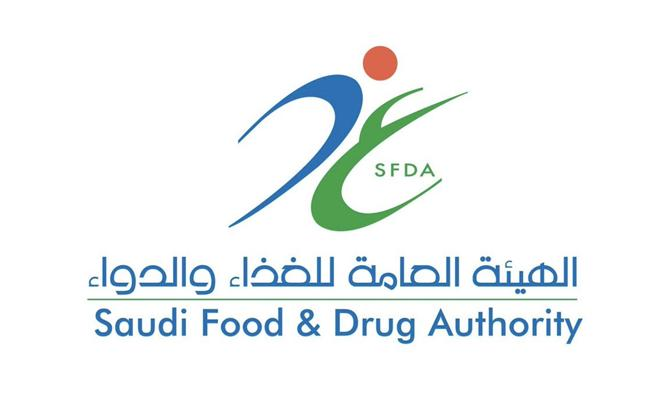
ALLOPURINOL (PURINOL, ZYLORIC) AND LIFE-THREATENING STEVENS-JOHNSON SYNDROME OR TOXIC EPIDERMAL NECROLYSIS
ALLOPURINOL (PURINOL, ZYLORIC) AND LIFE-THREATENING STEVENS-JOHNSON SYNDROME OR TOXIC EPIDERMAL NECROLYSIS
ALLOPURINOL (PURINOL, ZYLORIC) AND LIFE-THREATENING STEVENS-JOHNSON SYNDROME OR TOXIC EPIDERMAL NECROLYSIS
2008-03-01
February 20, 2008 – A multinational case-control study published in the most recent issue of the Journal of the American Academy of Dermatology found that allopurinol was the most common cause of drug induced Stevens-Johnson syndrome (SJS) or toxic epidermal necrolysis (TEN). The primary use for allopurinol is the treatment of gout.
Stevens-Johnson syndrome — also known as erythema multiforme major — is a potentially life-threatening disorder of the skin and mucous membranes. SJS may begin with several days of flu-like symptoms, followed by inflammation of the mucous membranes and a painful red or purplish rash that spreads and blisters, eventually causing the top layer of the skin to die and shed.
Although the cause is not always clear, SJS usually is a specific type of allergic reaction in response to a medication such as allopurinol or infection. There is evidence that SJS and TEN are a single disorder with common causes and mechanism. They differ primarily in the extent of skin detachment, which is limited in SJS and more widespread in TEN.
The signs and symptoms of Stevens-Johnson syndrome include:
· Facial swelling
· Tongue swelling
· Hives
· Skin pain
· A red or purple skin rash that spreads
· Blisters on your skin and mucous membranes, especially in your mouth, nose and eyes
· Shedding (sloughing) of the skin
The following brand name allopurinol products are available on the Saudi Arabian market: Apurol, No-Uric, Purinol, Uroquad, and Zyloric.
The study involved 379 case patients with severe cutaneous adverse reactions confirmed as SJS or TEN, and 1505 matched hospitalized controls. Allopurinol was the drug most frequently associated with SJS or TEN, with 66 exposed patients (17.4%) and 28 exposed control subjects (1.9%) (Adjusted odds ratio 18, 95% confidence interval 11 to 32). Additionally, daily doses equal to or greater than 200 mg of allopurinol were associated with a higher risk (adjusted odds ratio 36, 17 to 76) than lower doses (adjusted odds ratio 3.0, 1.1 to 8.4).
Epidemiological or observational research such as this case-control study technically can not establish a cause and effect relationship between allopurinol and the development of SJS or TEN. However, this study supports repeated reports of the association between allopurinol and SJS or TEN. Most of what is known, or is likely to be known, about adverse drug effects will come from epidemiological or observational research.
The authors of the study note that there is a high prevalence of inappropriate prescribing of allopurinol. Almost 30 percent of allopurinol use may be in treating asymptomatic hyperuricemia, a use that is not supported by evidence.
ACTIONS THAT HEALTHCARE PROFESSIONALS AND PUBLIC SHOULD FOLLOW:
· Healthcare professionals should be aware that allopurinol is a common cause of drug induced SJS or TEN.
· Healthcare professionals should be aware that allopurinol is not recommended for the treatment of asymptomatic hyperuricemia.
· Patients who experience the signs and symptoms of SJS listed about should seek medical attention immediately.
REPORT ADVERSE DRUG REACTIONS TO THE SAUDI FDA
The public and health professionals are encouraged to report adverse drug reactions the National Pharmacovigilance Center on the Internet at



